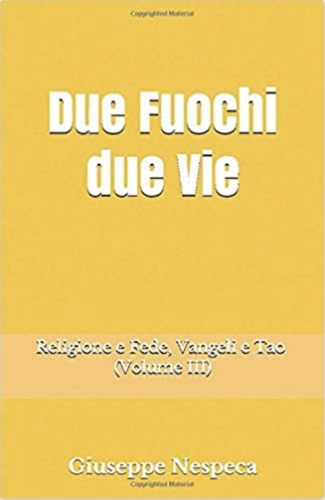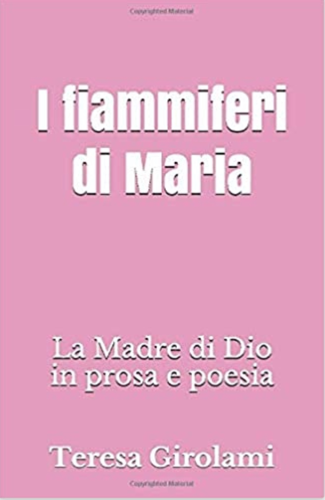12. Though up to now we have been speaking mainly of the Old Testament, nevertheless the profound compenetration of the two Testaments as the one Scripture of the Christian faith has already become evident. The real novelty of the New Testament lies not so much in new ideas as in the figure of Christ himself, who gives flesh and blood to those concepts—an unprecedented realism. In the Old Testament, the novelty of the Bible did not consist merely in abstract notions but in God's unpredictable and in some sense unprecedented activity. This divine activity now takes on dramatic form when, in Jesus Christ, it is God himself who goes in search of the “stray sheep”, a suffering and lost humanity. When Jesus speaks in his parables of the shepherd who goes after the lost sheep, of the woman who looks for the lost coin, of the father who goes to meet and embrace his prodigal son, these are no mere words: they constitute an explanation of his very being and activity. His death on the Cross is the culmination of that turning of God against himself in which he gives himself in order to raise man up and save him. This is love in its most radical form. By contemplating the pierced side of Christ (cf. 19:37), we can understand the starting-point of this Encyclical Letter: “God is love” (1 Jn 4:8). It is there that this truth can be contemplated. It is from there that our definition of love must begin. In this contemplation the Christian discovers the path along which his life and love must move.
13. Jesus gave this act of oblation an enduring presence through his institution of the Eucharist at the Last Supper. He anticipated his death and resurrection by giving his disciples, in the bread and wine, his very self, his body and blood as the new manna (cf. Jn 6:31-33). The ancient world had dimly perceived that man's real food—what truly nourishes him as man—is ultimately the Logos, eternal wisdom: this same Logos now truly becomes food for us—as love. The Eucharist draws us into Jesus' act of self-oblation. More than just statically receiving the incarnate Logos, we enter into the very dynamic of his self-giving. The imagery of marriage between God and Israel is now realized in a way previously inconceivable: it had meant standing in God's presence, but now it becomes union with God through sharing in Jesus' self-gift, sharing in his body and blood. The sacramental “mysticism”, grounded in God's condescension towards us, operates at a radically different level and lifts us to far greater heights than anything that any human mystical elevation could ever accomplish.
[Deus Caritas est]












